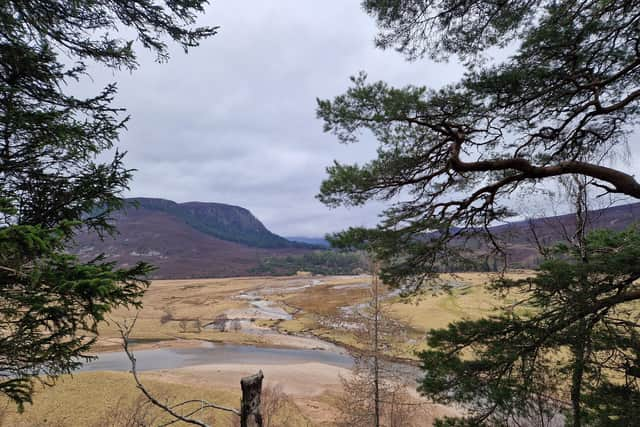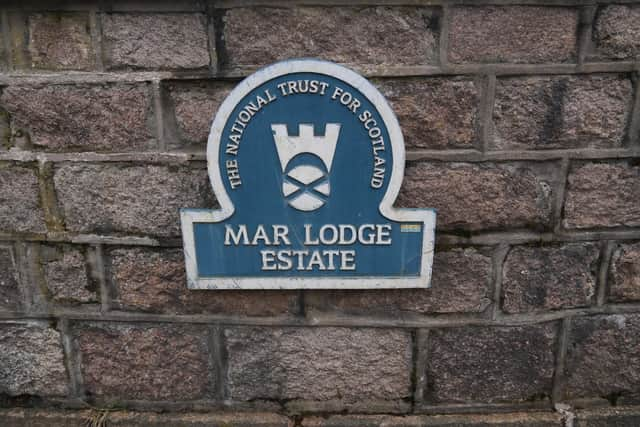Scottish Outdoor Access Code must be revised to reflect changes in recreational activities, ranger warns
Calls have been renewed to update the Scottish Outdoor Access Code to include activities that have surged in popularity since the document was written 20 years ago.
The code was published in 2003 to set out where access rights apply and what can be done within access rights. But in the past two decades, changes in recreation has brought new activities to Scotland’s countryside that are not covered in the code. These include using paddleboards, e-bikes and drones.


The calls come as some 60 ranger posts funded by £900,000 of Scottish Government money through NatureScot last year will not continue this season because of some “difficult decisions” having to be made around budget.
The ranger service was launched in 2021 to deal with issues surrounding high levels of motorhomes, wild camping, dangerous campfires and outdoor toileting as the Covid pandemic drove high numbers of people into the countryside.
Ben Dolphin, a ranger at Mar Lodge, an estate in the Cairngorms owned by National Trust Scotland (NTS), said multiple land managers and conservation groups had been “crying out for it [the code] to be updated.”
He said: “The Outdoor Access Code is well overdue a review – it’s 20 years old. A lot has moved on from 2003 in terms of recreation, and there’s nothing in there about drones, e-bikes, barbecues, paddleboards – activities which we’ve seen a huge increase in over the years.


"The code is supposed to be a go-to document that you can refer the public to when you’re advising them. But at the moment you have information that’s 20 years old, and then notes scattered about on the website with various updated parts.
"This really undermines it and renders [the code] less relevant if people can’t just go to one single place to get all the guidance they need.”
Mr Dolphin’s comments come as Mar Lodge, among other estates frequently used by the public for recreational purposes, is preparing for visitor numbers to start increasing from the Easter weekend.
The Scottish Fire and Rescue Service (SFRS) has already issued several wildfire risk warnings this year, including a “very high risk” alert for north west Scotland earlier this week.


Following a wildfire on Skye earlier this month, an SFRS spokesperson urged anyone carrying out controlled burning to follow the Muirburn Code. The service said flames escaping from muirburn are also a major cause of wildfires.
Farmers are also calling on members of the public, particularly those with dogs, to revise the code as lambing season begins. A recent report by rural insurer NFU Mutual found the cost of dog attacks on livestock had more than doubled in the past year.
Bridget Jones, NatureScot’s recreation and paths manager, said there were currently no plans to update the code.
She said: “It’s important to note that the majority of people do behave responsibly in the outdoors. Where irresponsible behaviour does occur, it is generally because of failure to comply with the guidance in the existing Scottish Outdoor Access Code. There are currently no plans to progress a formal review of the code. However, we are monitoring it and keeping it under review.”
Comments
Want to join the conversation? Please or to comment on this article.